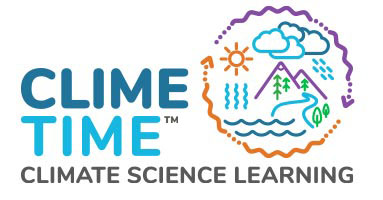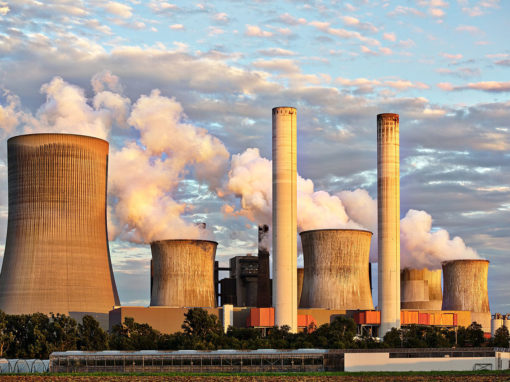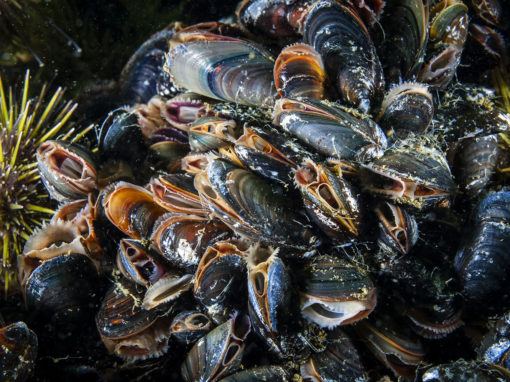Is Liquified Natural Gas needed in the Port of Tacoma? This task is designed for students in grades 9-12 studying chemistry or environmental science. Students discuss their daily relationship to methane energy systems and marine-land environments, then they develop their abilities to compare and write arguments for managing the community’s energy needs.
Assessment 3D Learning Target
Identify additional information (scientific, economic, societal, environmental, ethical considerations) necessary for evaluating the costs, risks, and benefits associated with managing energy needs.
Standard Addressed
PE: HS-ESS3-2: Evaluate competing design solutions for developing, managing, and utilizing energy and mineral resources based on cost-benefit ratios.*
By Dimension: Specific dimension pieces that this assessment will center on.
SEP(s):
Engaging in Argument from Evidence
- Evaluate competing design solutions to a real-world problem based on scientific ideas and principles, empirical evidence, and logical arguments regarding relevant factors (e.g., economic, societal, environmental, ethical considerations).
DCI(s):
ESS3.A: Natural Resources
- All forms of energy production and other resource extraction have associated economic, social, environmental, and geopolitical costs and risks as well as benefits.
CCC(s):
Influence on Society & Natural World
- Analysis of costs and benefits is a critical aspect of decisions about technology.
Science Addresses Questions about the Natural and Material World
- Many decisions are not made using science alone, but rely on social and cultural contexts to resolve issues.
Files
- Teacher Guide
- Task Facilitation Slides
- Student Task Document
- Sense-Making Tool (coming soon)
Other Assessment Resources >
Creators
- Tom Hathorn, Washington LASER
- Korey Peterson, OSPI




